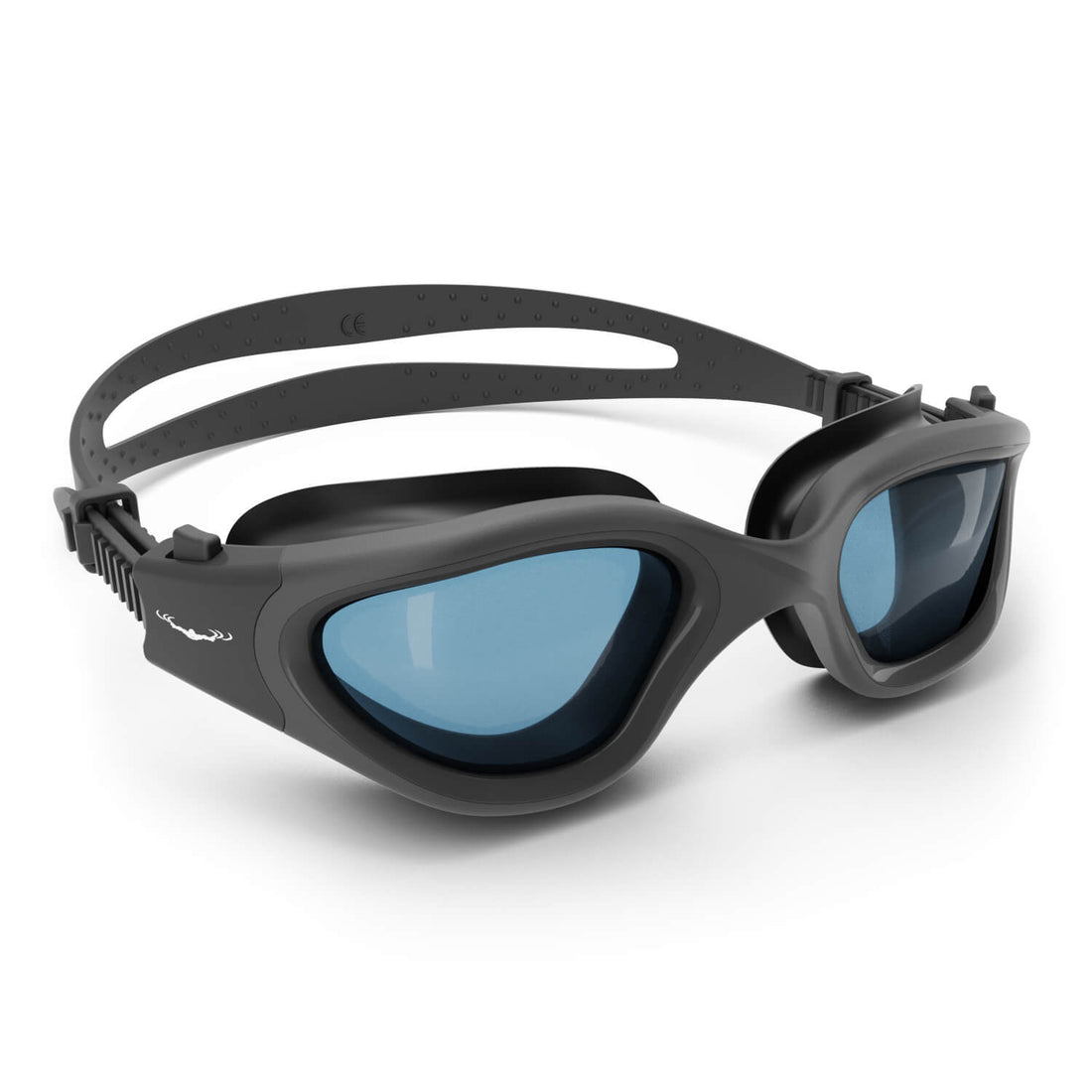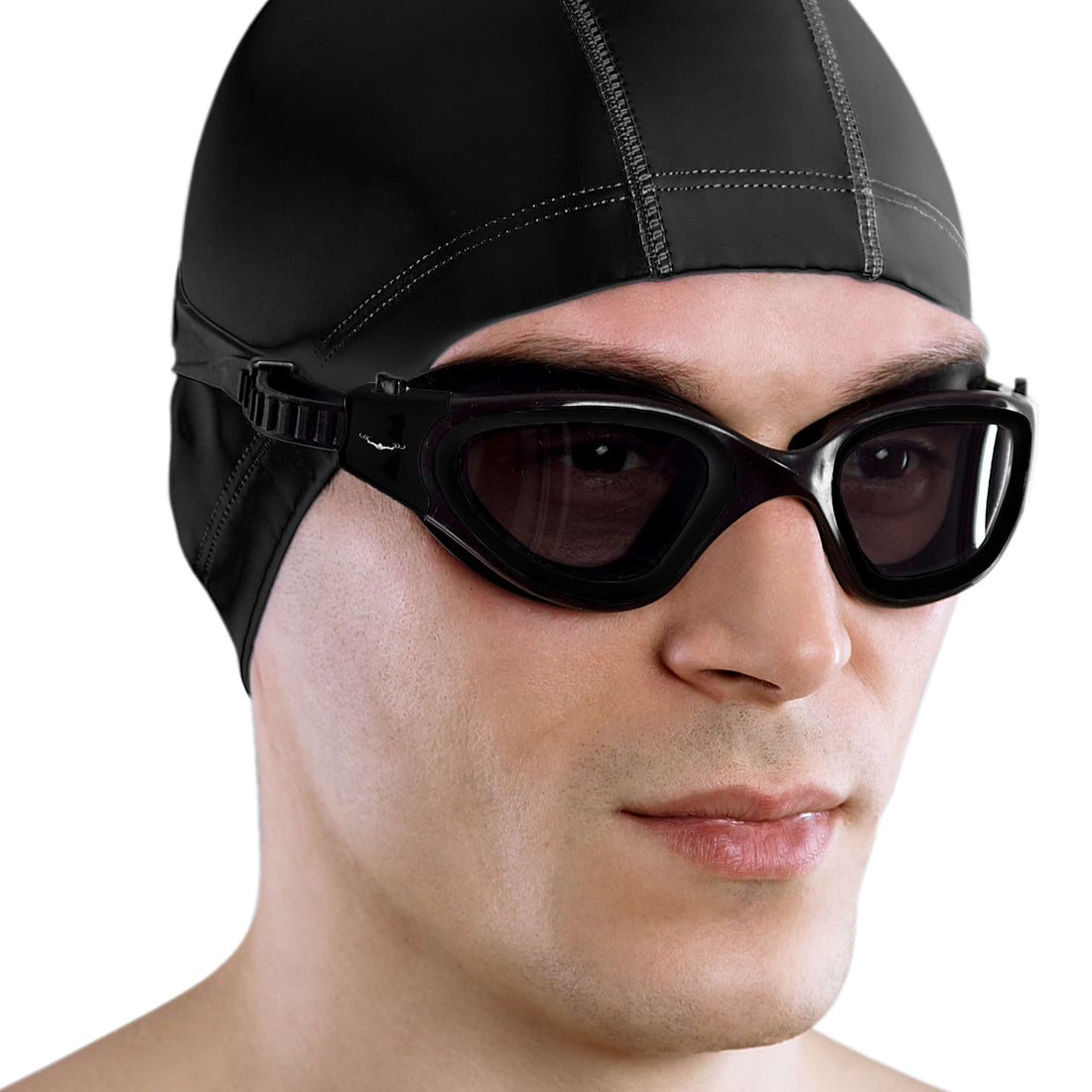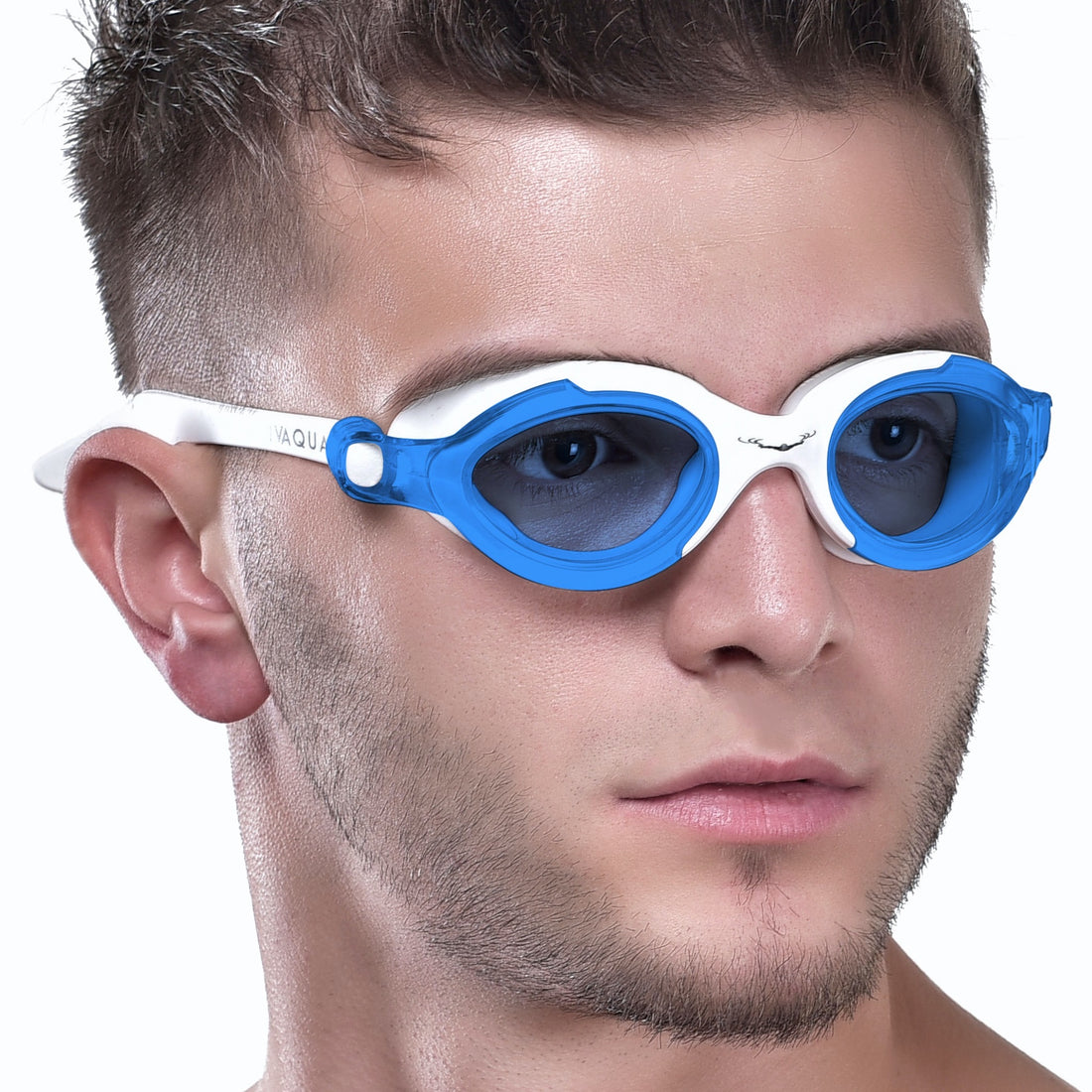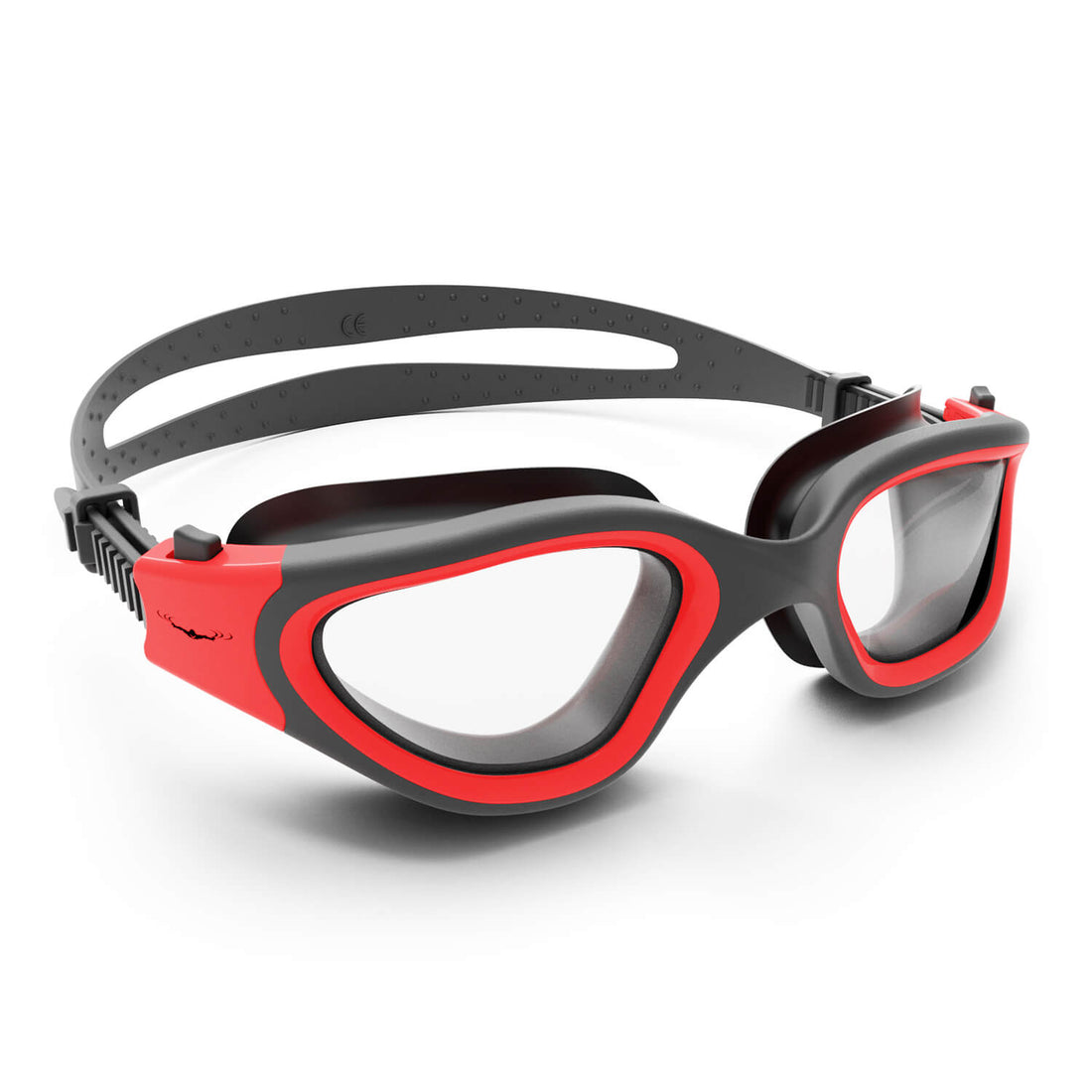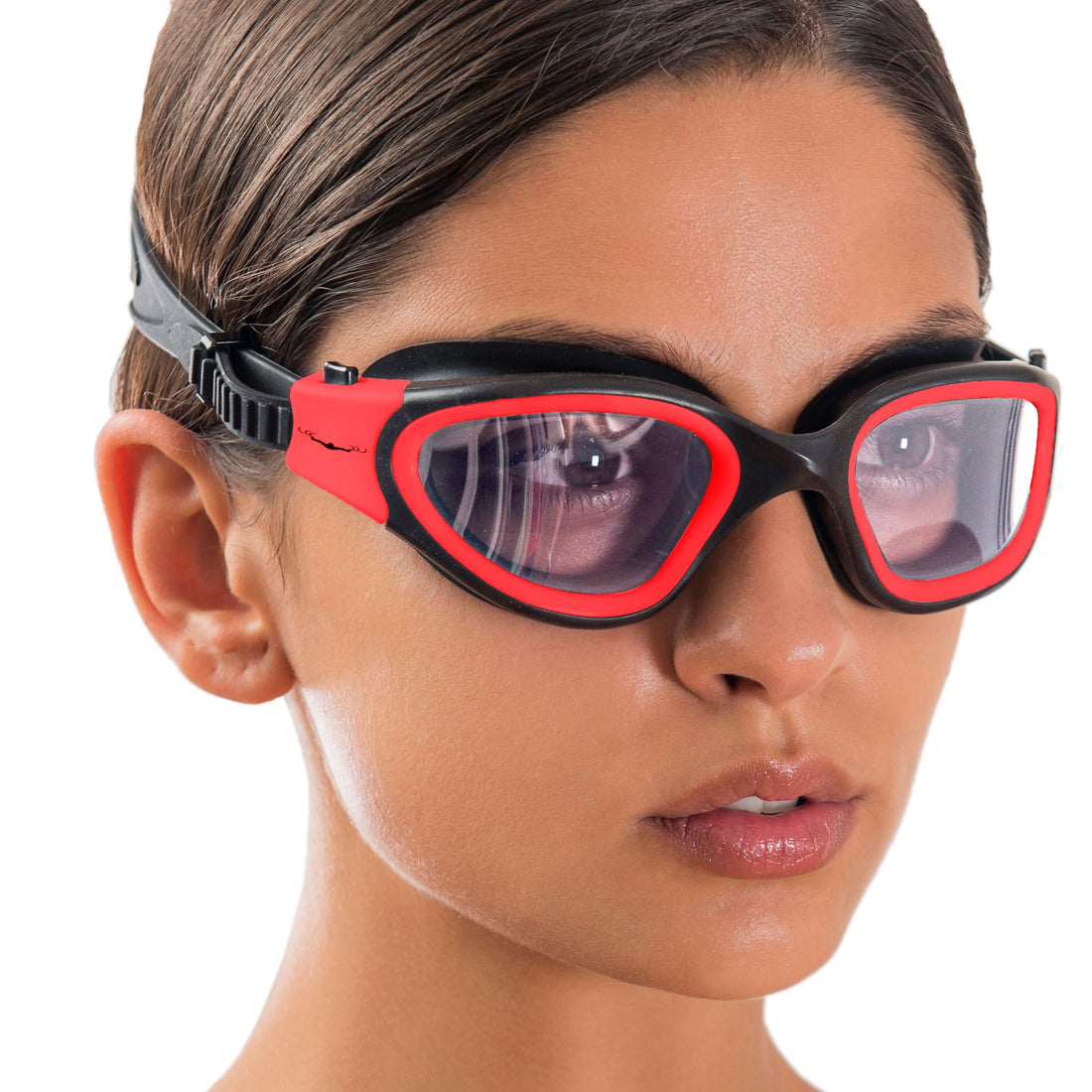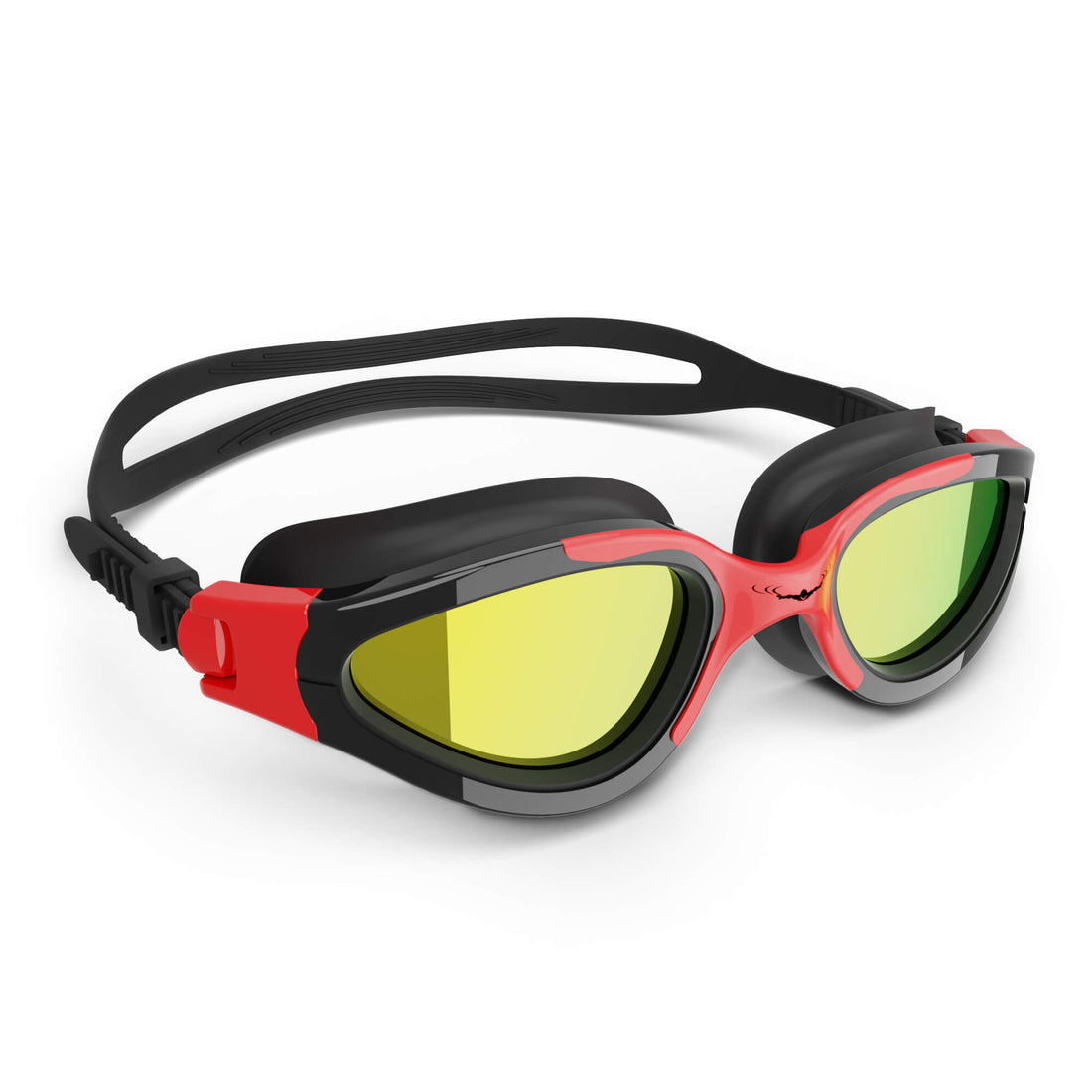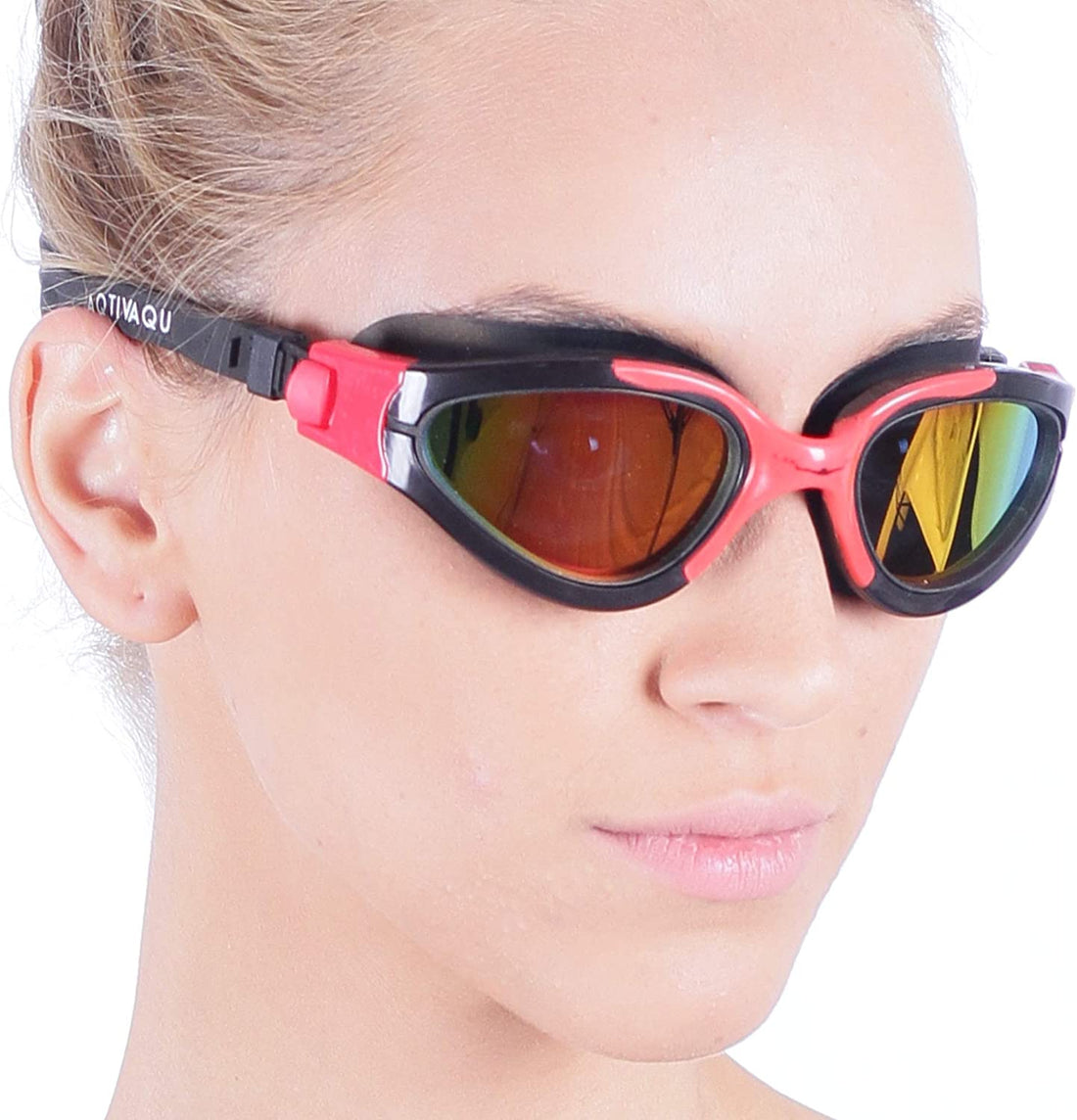Thousands of swimmers around the globe are seeking alternative training methods. Beyond dryland training, backyard pool splashes or the lucky ones that do have access to a private pool, open water swimming is perhaps the most secure option.
Many swimmers might not be phased by the open water movement. The marathon swimming racing season typically starts around late May anyway, so many open water enthusiasts just shifted the start of their outdoor training.
Whatever your situation, if you’re testing out the open sea or venturing out into your nearby lake, there are a few key safety tips you need to keep in mind.
Gear
It’s crucial to have the swimming equipment for the climate and surroundings you’re training in. If your water is colder than 60 degrees, it’s recommended you wear a wetsuit. Not only are wetsuits more buoyant and typically aid in the general swimming experience, they’ll keep you warm in chilly water!
Another important tool to aid to your repertoire is a safety buoy. Having a bright colored safety buoy is necessary for making sure you are visible to boats or other swimmers that may be in your way as you train. Not only do ensure you stand out to others, but it’ll keep your phone, water bottle or training snack dry and safe during your swim.
Location
Picking an open water venue can be a difficult decision. A ton of different factors can play a role in deciding where to swim. Wildlife, climate and water quality are three important things to keep in mind.
Experience
Many swimmers may be looking to open water swimming as a means to train while their pool is closed. However, if you’re new to open water swimming and you haven’t touched the pool since the breakout of the Coronavirus, then chances are, you aren’t in tip-top shape.
Combine not being in the best shape of your life and inexperience in open water, and what you get is a potentially unpleasant experience. Currents, wind and several other factors can influence your swim. Not matter your level of expertise, it is always recommended to swim with a partner. Whether you have a training buddy who is swimming by your side or a coach paddling next to you in a kayak, having someone who knows where you are at all times is crucial when swimming in open water.



